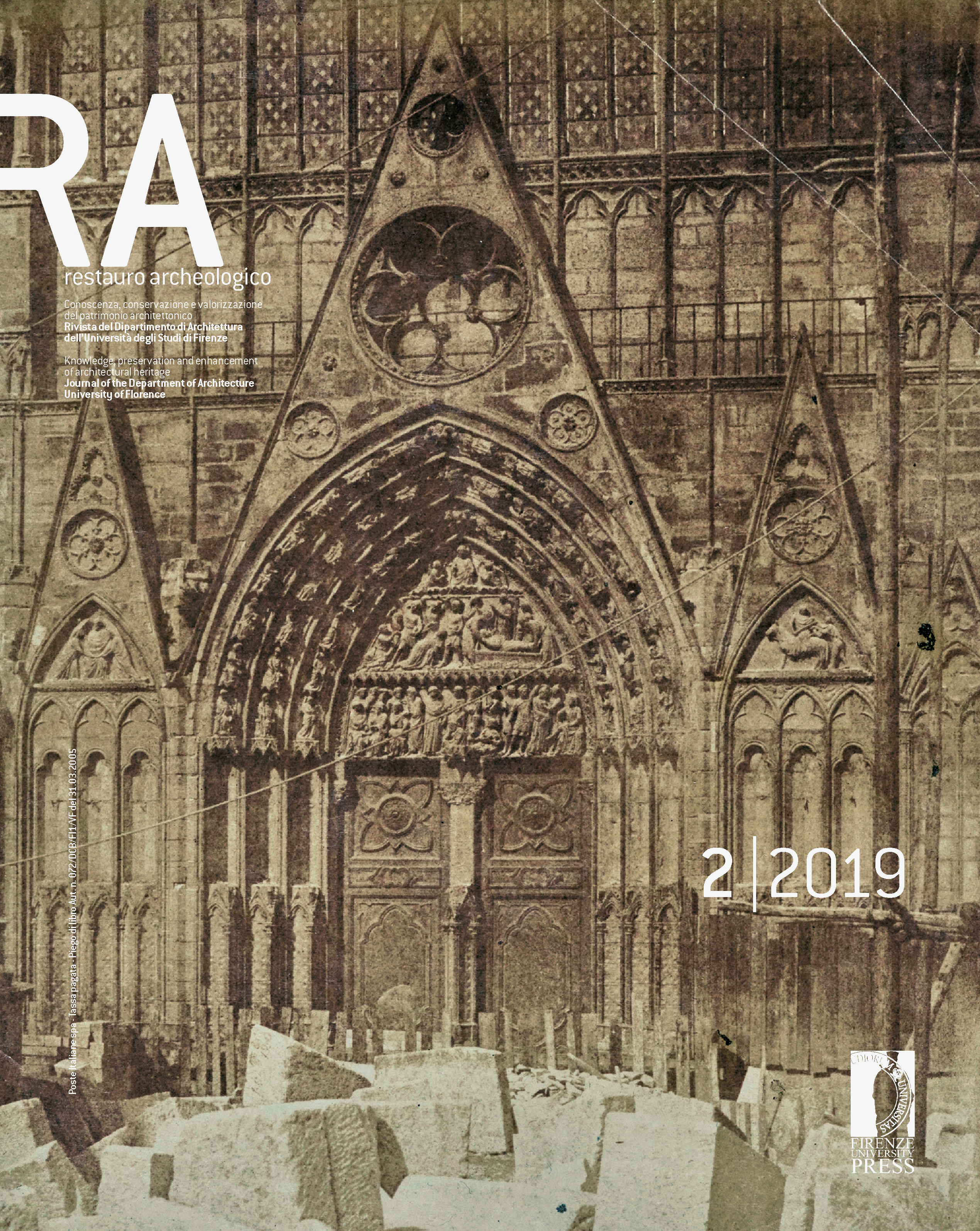Note costruttive intorno alla organizzazione della carpenteria lignea dei tetti etruschi nell’antichità
Published 2020-07-13
Keywords
- Ancient roof timber carpentry,
- Etruria,
- Villanovian Age,
- Orientalizing period,
- huts and houses
How to Cite
Abstract
The article proposes a diachronic analysis of the evolution of roofs carpentry in Etruria
from the Villanovan age to the Orientalizing period with incursions in the fifth and fourth
centuries BC. The information kept in the funerary architecture - “faithful” reproduction
of real environments even in the construction details - and the data inferable from the
urns in the shape of a house crossed with the documentary sources, Vitruvius in particular,
have allowed to formulate plausible hypotheses on the organization of the timber
carpentry. The roofs of Iron Age huts, based on the fundamental criterion of equilibrium,
comprised, at least for those with a rectangular plan, a king post, a columen and inclined
members that provide the slope to the roof. This articulation, although persisting in the
following centuries, varies in the quality of the component elements, which are squared
and “sized” for the specific role played.


